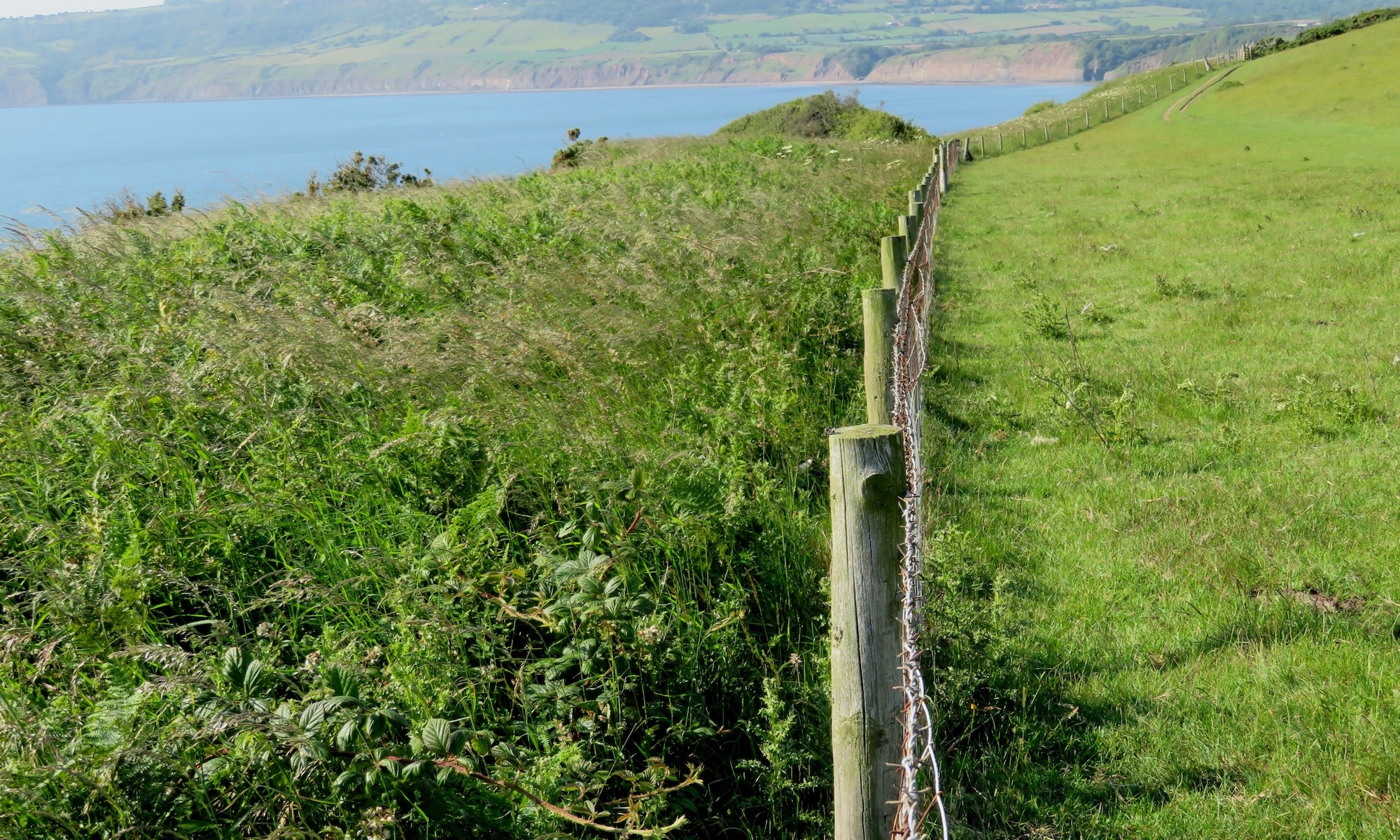by Holly Ramsden
5th July 2025
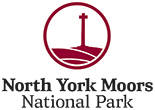
Holly Ramsden has been a conservationist for ten years, working for various charities around the country before joining the North York Moors National Park Authority. Her particular experience in land management for nature recovery is proving useful on an invertebrate project with an appetite for connection…
You can make a big difference by rewilding a single spot, but a whole extra dimension opens up when you join those spots together across a landscape so nature can safely travel with food and shelter along the way. That’s the idea behind a project I’m running with the North York Moors National Park Authority – but although it’s taking place across a huge 20,000 hectares, its focus is on something much smaller than you might expect.
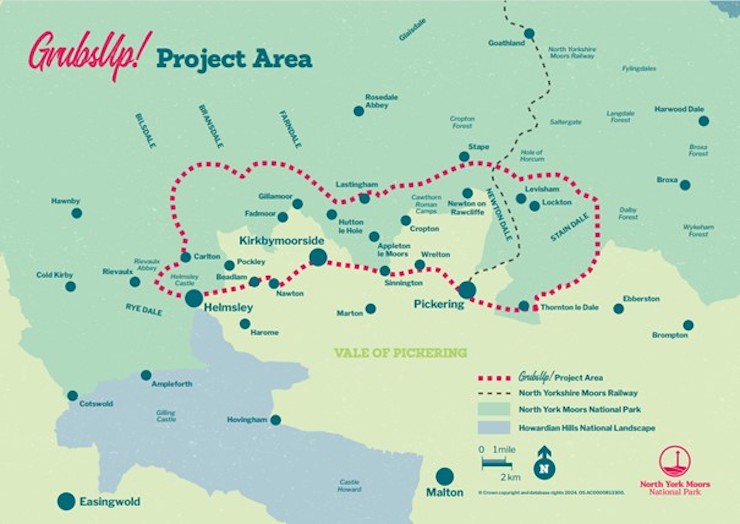
GrubsUp! is all about the little things: most importantly, the bugs. Our goal is to restore, enhance and connect habitat for invertebrates, providing green corridors and stepping stones across the landscape and even through urban environments to facilitate their migration, increase the abundance and diversity of species, and boost resilience in the face of climate change. It’s very much a project with a community focus, joining places and connecting people to nature at a local level. We’ve got funding until August 2026.
GrubsUp! operates in the so-called ‘B-Lines’ strategic corridors created by Buglife, Europe’s only charity dedicated to the conservation of all invertebrates. It covers an area that incorporates some of the local tabular hills, notable for the dominance of limestone rock supporting many small pockets of calcareous and neutral species-rich grassland. It also includes key target areas for rare butterflies, species-rich road verges and extensive stretches of road verge with potential for habitat improvements.
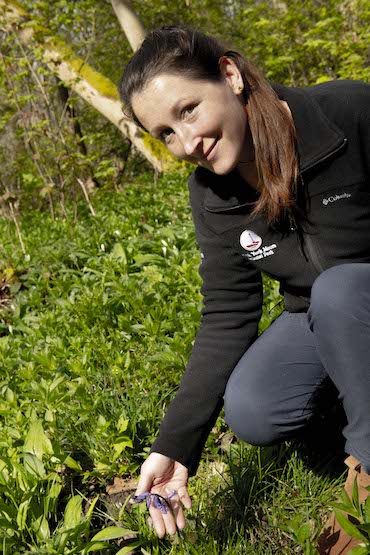
Roads work
Direct connection of grassland is particularly important for invertebrates, as many of these species are unable to travel far between available food sources and shelter. When faced with natural and human pressures, the ability to migrate is key to their survival.
Fortunately, road verges are the perfect connectors of grassland. They tend not to be improved with fertilisers, so with altered management they can quickly support a wide range of wildflowers and grasses, providing diverse food for pollinators. GrubsUp! has been working with highways authorities and local land managers to agree on areas of road verge to be left long until flowers have had chance to grow and set seed. We’ve conducted baseline botanical surveys to assess what future intervention may be needed. These areas will be cut and collected in late summer, and green hay added from a local source if needed.
We’ve had some help with this from a local Men in Sheds group, who’ve created blue wooden hearts on stakes which have then been decorated by primary school students. These have been added to road verges that have been left on purpose, as part of the national ‘Blue Campaign’. Raising awareness is an important part of things. The Men in Sheds are also helping us build wildlife homes including bird and bat boxes, which are available on request for anyone within the project area.
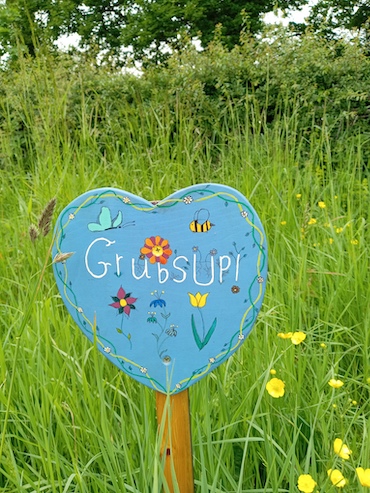
Grasses, hedges and trees
There’s a wide range of other conservation, restoration and rewilding work going on through GrubsUp! We’re creating and restoring species-rich grassland sites to improve and secure their long-term condition, as well as creating small pockets of wildflowers and grasses – sometimes in gardens and public spaces – to connect these larger areas together. What’s more, many invertebrates spend their larval stage in a wet habitat, so we’re aiming to provide a range of these across the project area through pond restoration and/or creation, blocking of ditches and other actions to increase the water-holding capacity of the land.
We’re boosting the diversity of our woodland flora too, and increasing the richness of open spaces within the woodland to create wood meadows. Local seed from woodland flora are being collected and grown on, for use in these sites.
Hedgerows are another focus, and we’re increasing their species diversity and flower and berry availability through management guidance, the addition of native climbing plants and in-hedgerow trees. There’s also support to develop hedge-associated ground flora.
And yes, as in so many other rewilding projects, there’s tree-planting going on too. We’re carefully planting individual trees to link existing woodlands and hedgerows, increasing the age diversity of the tree stock on the land and providing the next generation of veteran trees – a bonus for bugs, bats, birds and more. We’re finding that we can create biodiversity hotspots by planting local varieties of fruit trees in areas where grassland can be enhanced, and we’re adding next-generation fruit trees to existing orchards while planting seeds and plugs to improve ground flora.
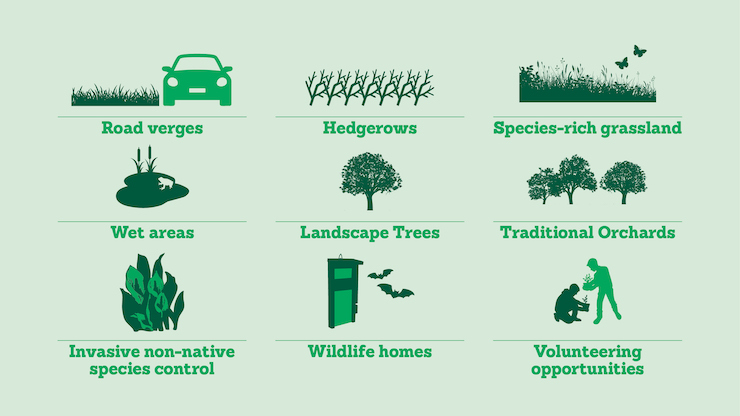
I really enjoy working with communities to make them feel empowered about making a difference for nature locally. There have already been some fantastic examples of communities taking it upon themselves to bring together a group of residents to work with the GrubsUp! project, meeting with me to discuss habitat improvement and agreeing to help each other to make it happen. This is such a great way to create the habitat corridors our wildlife so urgently needs – by neighbouring land-owners working with each other, and communities coming together to connect them.
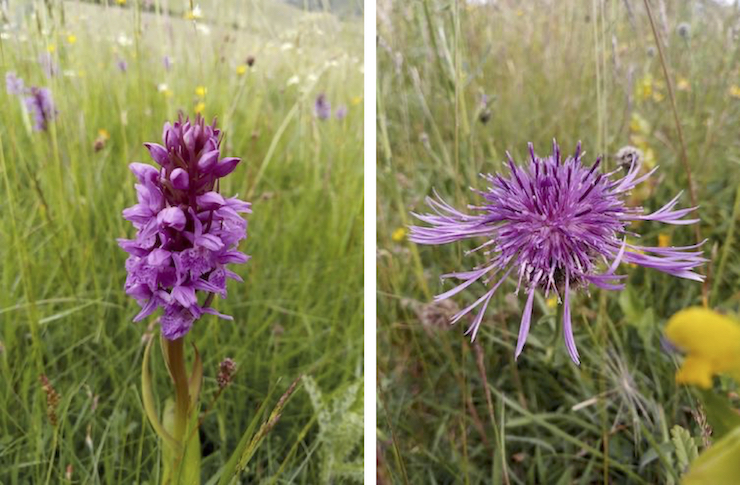
Further information
You can find out more about the project at GrubsUp.
Contact the team at conservation@northyorkmoors.org.uk
Find out more about the charity Buglife and ‘B-Lines’ initiative here.
Details of the Blue Campaign can be found here.
